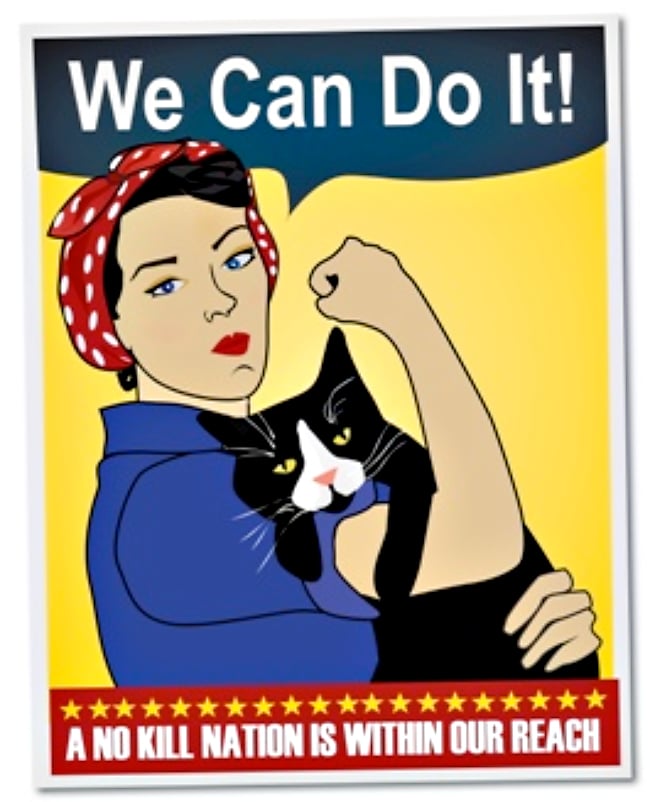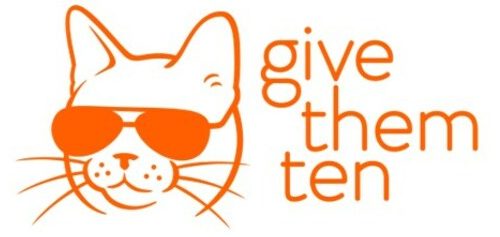Did You Know?
This year alone, some four million dogs and cats will be die in our nation’s shelters. The vast majority can and should be placed into loving homes or should never enter shelters in the first place.

There is Hope
Because the data shows that every year, there are six times more people looking to acquire an animal than there are animals being killed in shelters.
Communities all across the US are achieving unprecedented results, saving upwards of 95% of all impounded animals in open admission animal control facilities. They are doing so because of their commitment to reject the kill-oriented failures of the past and putting in place the infrastructure to save lives. No community has ever achieved a “No Kill“ status without rigorous implementation of the “No Kill Equation.” We are proud to say that all elements of that model are represented at My Furry Valentine.
- Spay/Neuter: No- and low-cost, high-volume spay/neuter reduces the number of animals entering the shelter system.
- Rescue Groups: Transfer of animals to a rescue group frees up scarce cage and kennel space, reduces expenses for feeding, cleaning, and killing, and improves a community’s rate of lifesaving.
- Foster Care: Volunteer foster care is a low-cost, and often no-cost way of increasing a shelter’s capacity, caring for sick and injured or behaviorally challenged animals, and thus saving more lives.
- Comprehensive Adoption Programs: If shelters better promoted their animals and had adoption programs responsive to community needs, including public access hours for working people, offsite adoptions, adoption incentives, and effective marketing, they could increase the number of homes available and replace killing with adoptions. Participation in My Furry Valentine is a great start!
- Pet Retention: Saving animals requires innovative strategies for keeping people and their companion animals together.
- Medical & Behavior Problems: Shelter must put in place comprehensive vaccination, handling, cleaning, socialization, and care policies before animals get sick.
- Public Relations/Community Development: Increasing adoptions, maximizing donations, recruiting volunteers and partnering with community agencies comes down to increasing the shelter’s public exposure.
- Volunteers: Volunteers are a dedicated “army of compassion” and the backbone of a successful No Kill effort. There is never enough staff, never enough dollars to hire more staff, and always more needs than paid human resources. That is where volunteers make the difference between success and failure and, for the animals, life and death.
- Proactive Redemptions: One of the most overlooked areas for reducing killing in animal control shelters are lost animal reclaims.
- TNR: Trap-Neuter-Release (TNR) programs for free-living cats allow shelters to reduce death rates.
- Leadership: Hard working, compassionate animal control or shelter directors not content to hide behind the myth of “too many animals, not enough homes.” Find out if your own county’s shelters support the No Kill philosophy.
If a community wants success, this is the only way to go: nothing else has succeeded. This approach provides the only model that has ever achieved No Kill communities. By working with people, implementing lifesaving programs, and treating each life as precious, a shelter can transform a community. For more information, visit the No Kill Advocacy Center.




